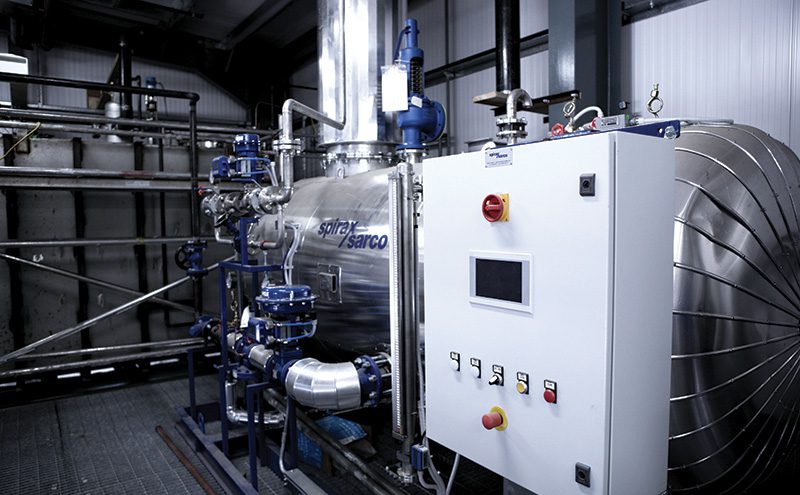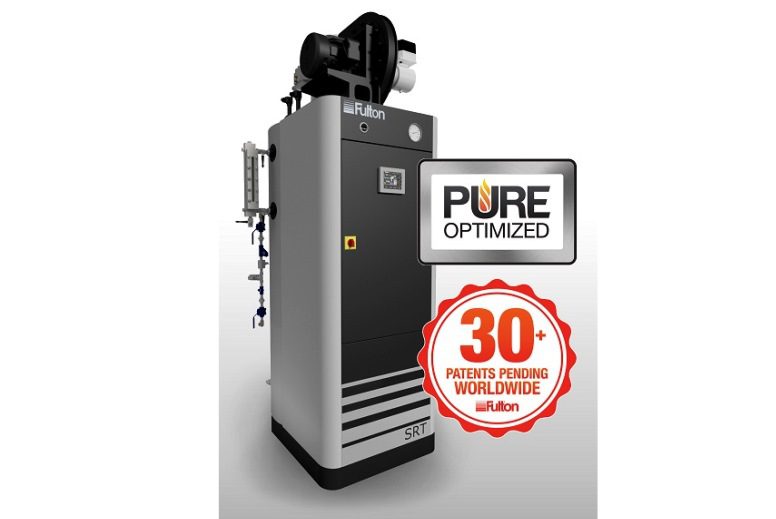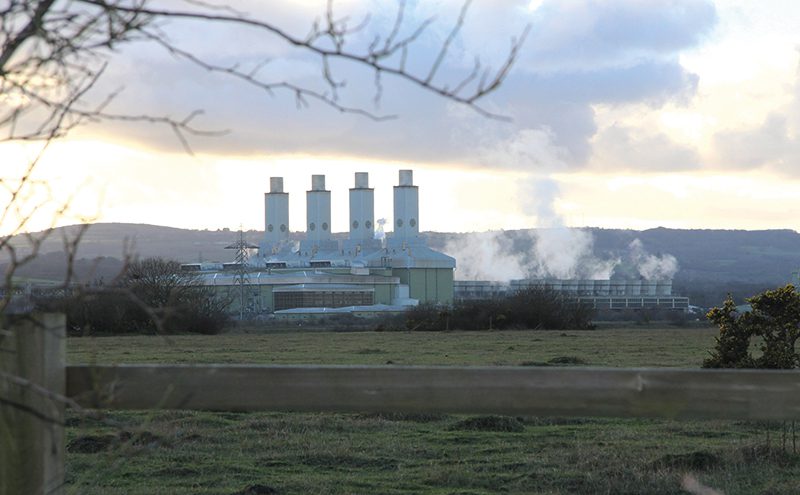 For boiler house operators looking to maximise energy efficiency, the ability to recover condensate to the boiler has the potential to provide exceptional ROI by cutting energy and maintenance costs. Chris Coleman, marketing product manager with Spirax Sarco outlines the benefits of condensate recovery and its advantages for organisations relying on steam for their process.
For boiler house operators looking to maximise energy efficiency, the ability to recover condensate to the boiler has the potential to provide exceptional ROI by cutting energy and maintenance costs. Chris Coleman, marketing product manager with Spirax Sarco outlines the benefits of condensate recovery and its advantages for organisations relying on steam for their process.
Utility bills and fuel costs can affect the profitability of a boiler house in a major way. Clearly, water and energy are the two key resources used to create steam but the ever present pressure from fluctuating fuel prices may impact steam users. One of the most effective resource-saving measures for most steam sites is condensate recovery.
A steam system can benefit significantly from the recovery of condensate and, even when processed in small quantities, it can prove economically worthwhile.
Condensate is the hot, treated water produced as steam releases its energy. A good system will recover 80% of condensate and feed it back in, whereas if condensate is not recovered, the boiler house will suffer a loss and cold make-up water will be called upon to replace it. Energy is then used to heat this to an optimum temperature, which directly impacts on operating costs.
When recycling condensate, operators can achieve valuable savings in both fuel and water-related expenses. Condensate is a valuable resource that contains around 25 per cent of heat energy from original steam. Feeding the boiler with high-temperature condensate has the potential to maximise boiler output as less energy is required to convert make-up water into steam. By effectively recovering and utilising condensate, fuel costs and water consumption are lowered.

While a reduction in fuel and water expenses is a huge incentive, effluent restrictions must not be overlooked in the process of recovering condensate. In the UK, water above 43 degrees cannot be returned to the public sewer by law and similar restrictions apply in most other countries. Condensate therefore must be cooled before it is discharged.
Improvement of feed water quality
In a boiler, condensate recovery is one of the best techniques that can be used to reduce the level of oxygen in water, helping to minimise the risk of system corrosion.
As condensate is formed from steam, it has few impurities but in contrast to this, cold make-up water needs to be treated before entering the system. Importantly, condensate, unlike make-up water, also contains energy from the steam it’s derived from, so the more condensate bought back to the system, the better.
Environmental impact
What has to be remembered is that energy is lost during blowdown. Blowdown is essential to ensuring a clean, dry steam supply during boiler operation, as TDS levels will increase and rise above accepted levels.
By saving energy, a steam plant can experience significant financial gain as well as improved equipment life. There is no doubt that the payback period of an effective condensate recovery system has the potential to make this investment an attractive proposition. The ability to maximise boiler output, and make the best possible use out of the energy and heat found in condensate, should be considered a huge advantage to any plant operator.








